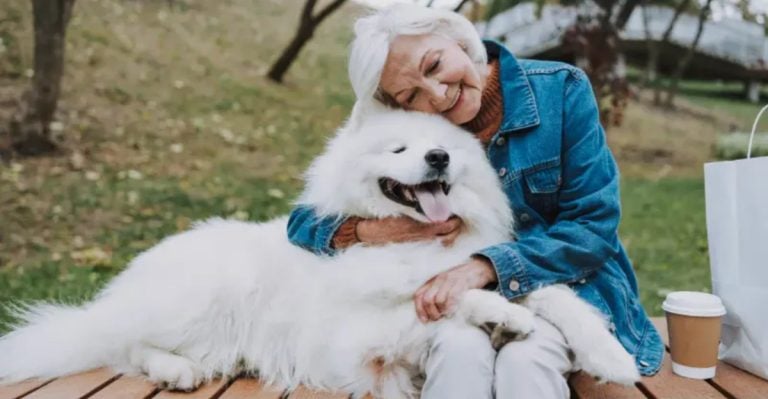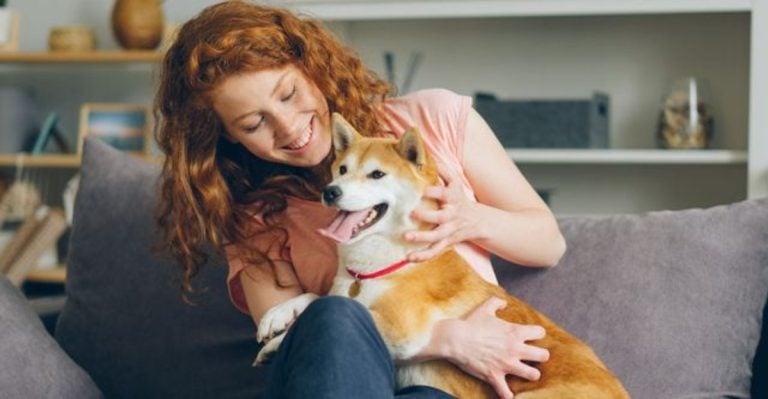15 Differences Between Dachshunds and Miniature Schnauzers

Some dogs were built to burrow, others excelled at guarding barns, but their roles only tell part of the story. Dachshunds and Miniature Schnauzers share similar sizes but differ greatly in personality and instincts. This side-by-side comparison reveals the nuances that shape how they behave at home and interact with the world. The details make the distinctions clear.
Body Shape And Size

The Dachshund’s elongated torso and short, muscular limbs evolved for navigating underground tunnels while hunting badgers. In contrast, the Miniature Schnauzer’s compact, square-shaped frame supports agility in above-ground farm work. Dachshunds typically weigh less, but Schnauzers appear sturdier due to the balanced proportions and upright build.
Coat Type And Care

Dachshunds change the look depending on the variety, so grooming can range from casual brushing to weekly attention. Schnauzers come with a signature look that demands regular upkeep. Their textured coat needs trimming, shaping, and maintenance to avoid turning into a walking puffball.
Facial Look And Features

One breed channels sleek confidence with a pointed snout and soulful gaze. The other looks like it’s plotting world domination under those bushy brows and that beard. Let’s face it, Schnauzers bring drama to the dog park. Dachshunds prefer mysterious charm without the costume.
Temperament And Personality Traits

Dachshunds act like they own the living room, the backyard, and probably your favorite chair. Confident and a bit stubborn, they know what they want. Schnauzers bring more bounce to the day, always eager to interact, explore, and tell you about every squirrel outside.
Trainability And Learning Style

Miniature Schnauzers pick up commands quickly and enjoy structured tasks. They respond well to consistency and thrive on positive reinforcement. Dachshunds, while clever, often test limits. The dog’s independent streak requires patience and creativity during training. What works for one may completely backfire on the other.
Exercise And Activity Level

Miniature Schnauzers are energetic and require frequent exercise to stay content. Dachshunds enjoy bursts of play but tire quickly, especially when faced with staircases that strain their elongated frame. Skipping a walk often results in determined attempts to demand activity, making them persistent fitness companions.
Behavior Toward New People

Dachshunds often approach strangers suspiciously, observing before deciding how to respond. The dog’s reactions depend heavily on early socialization. Miniature Schnauzers tend to greet guests with curiosity but stay on guard. Trust isn’t handed out immediately, especially when unfamiliar voices or unfamiliar scents are involved.
Compatibility With Other Pets

Backyard chases and couch naps can go smoothly or not. Dachshunds often think smaller pets are part of the hunt, not the family. The other dog may start off skeptical, then slowly blend into the group. A peaceful pack takes time, patience, and plenty of early introductions.
Health Issues And Risks

A slip on the stairs can mean weeks of pain for a dachshund, whose spine carries too much pressure for its length. Schnauzers fight quieter battles, often hidden in the pancreas or eyes. Neither breed escapes worry, but each demands a different kind of vigilance.
Origins and Historical Use

Picture the forests of Germany, where dachshunds slipped through narrow tunnels chasing badgers. Miniature Schnauzers, not far off, patrolled barns for rats and guarded farmyards. Both breeds were made for work, but their jobs demanded different bodies, temperaments, and instincts. The past of these dogs is still present.
Expected Lifespan Range

Time affects these dogs differently. Schnauzers age with the spark of a storyteller, eager to stay engaged. Dachshunds seem like old souls early, enduring years with quiet resilience. Both breeds, when well cared for, transform ordinary years into long chapters filled with loyalty.
Prey Drive And Instincts

Give a dachshund a scent, and you’ve lost it to the wind. These little hounds follow their noses like they’re treasure maps. Schnauzers won’t be left out because they’ll chase anything that dares move. Squirrels, beware. Instinct rules the backyard for both, just in different ways.
Adaptability To Home Life

Small apartment? Works. Busy family? Still works. Schnauzers adjust quickly and love routine. Dachshunds need calm and consistency, especially where stairs exist. Both breeds thrive indoors, but noise, schedule, and layout matter. Give them comfort and attention, and they’ll carve a spot that feels like theirs
Effectiveness As Watchdogs

What makes a good watchdog—volume or judgment? Dachshunds will alert you to every creak and delivery. Schnauzers, on the other hand, assess before they act. Both stay alert. One shouts first, and the other investigates. One way or the other, each earns the title of household sentinel.
Shedding Type And Frequency

Miniature Schnauzers, often praised for being tidy, rarely leave hair behind. But Dachshunds drop fur depending on coat type, though none shed excessively. Regular grooming keeps both in check. Neither breed will overwhelm your vacuum, but keeping them still deserves space in your daily routine.






